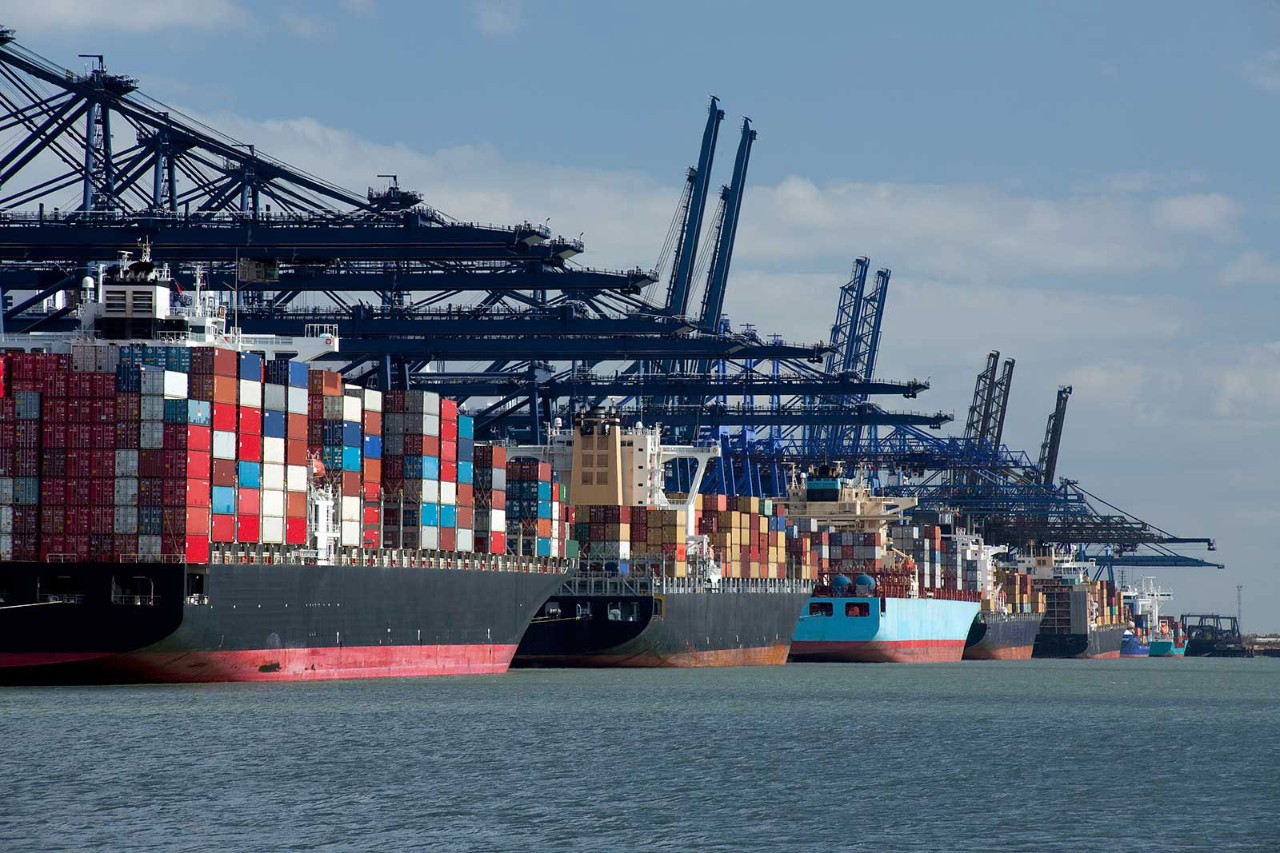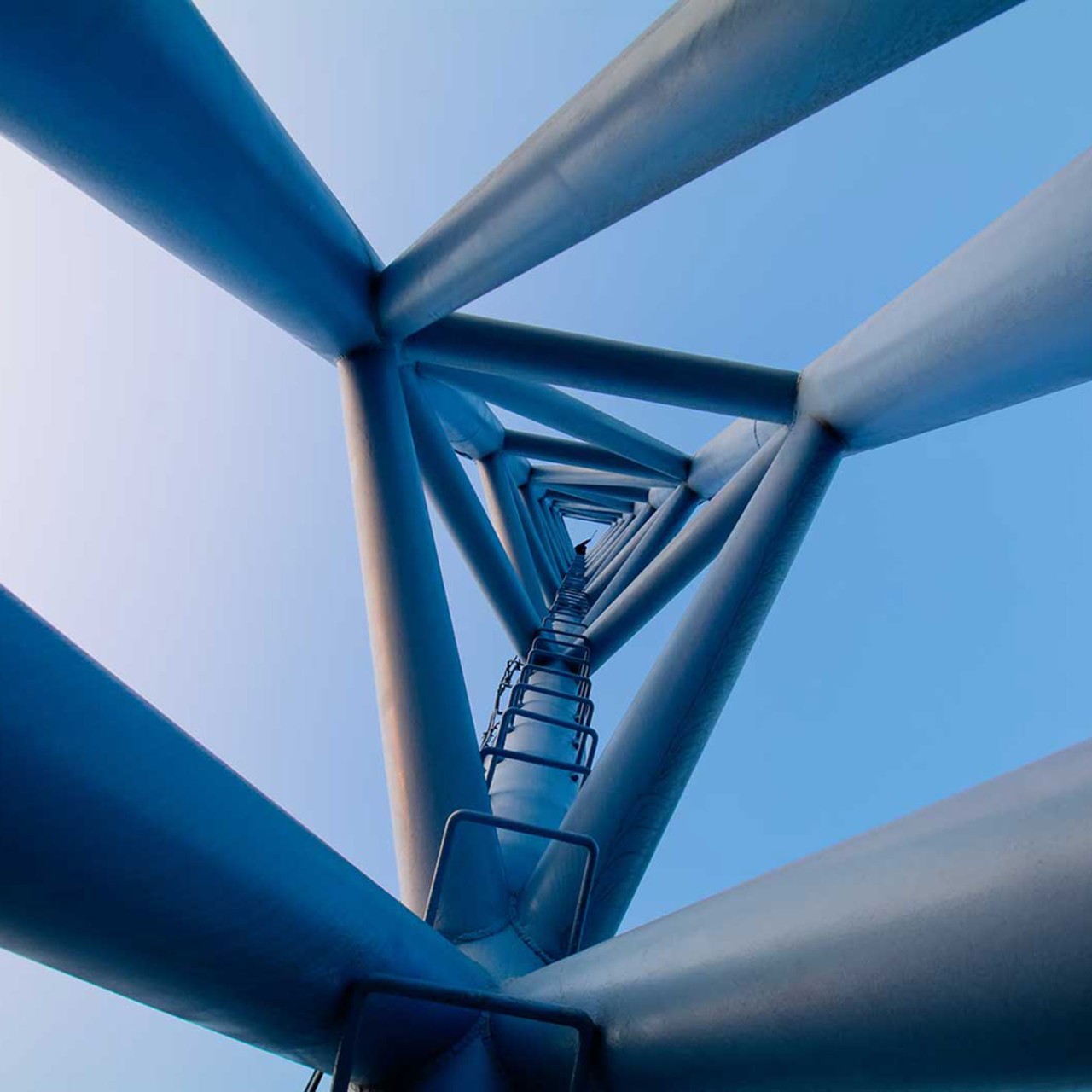
The transition phase of the EU’s Carbon Border Adjustment Mechanism (CBAM) kicks off in earnest, with the deadline for the first quarterly report being 31 January. But evidence, anecdotally at least, suggests businesses, as well as the EU, are not fully prepared, shining a light on both the complexities facing importers and exporters, and underlining the pace at which the EU wants to get its new tax up and running.
Mark Feldman, EY’s UK & Ireland sustainability tax leader, is finding varying levels of awareness among multinationals with subsidiaries and legal entities in the EU. And for businesses that are actively engaged with the process, blockages are being reported.
CBAM will impact a whole host of sectors
‘The EU has pushed this through quickly, so administrators are playing catch up,’ he says. ‘We only received the default values [to be used to determine embedded emissions in imported goods, except electricity, which has separate requirements] just before Christmas.
‘And some National Competent Authorities, ie the EU member states bodies – environmental agencies, customs authorities or finance ministries that will be responsible for administering the tax in their jurisdiction – have also only just been announced.’
Nevertheless, CBAM is here, the reporting obligation is real, and Feldman’s advice to exposed entities is not to wait, to overcome short-term practical challenges and be ready to file as soon as possible. (The UK will implement its own CBAM equivalent in 2027.)
Step one: educate
The CBAM regulation was signed in May 2023; the transition phase began on 31 October 2023 and will run to 31 December 2025.
The first phase is both an information-gathering period for the EU and a time to allow countries and businesses to adapt and prepare. No payments will be required in this period, but EU importers must file quarterly reports within a month of a quarter ending, and there will be penalties – €10-€50 per tonne of unreported emissions – for incomplete or incorrect reports.
CBAM’s first phase covers products in six carbon-intensive sectors – iron and steel, aluminium, cement, fertiliser, hydrogen and electricity, as well as some precursors and downstream products (pipes, tubes, bolts, nuts, screws etc) – over 700 customs codes in total determining the ‘covered products’.
EU importers should have been checking their product codes to see if they fall in the CBAM scope
On the face of it, this suggests big industry will take the brunt, but it will impact a whole host of sectors, with a minimum consignment value of €150, meaning even the smallest importers will fall under its coverage.
Accountancy Europe’s director of professional services Paul Gisby says that, since 1 October 2023, EU importers should have been checking their product import codes to see if they fall under the CBAM scope; familiarising themselves with the methodology for greenhouse gas (GHG) calculations; looking at their systems for data collection, and then implementing roadmaps for installing the relevant reporting systems.
Step two: check scope
Data collection is likely to be the biggest challenge for entities large and small – even if you engage a specialist service to handle the CBAM process, you’ll still need to gather the data.
EU businesses need to cross-check their import codes against those in annex one in the CBAM regulation to see whether anything imported falls under its list of covered products.
Jonathan Leclercq, senior manager, supply chain transparency and CBAM global lead at DNV, says you then need to ‘liaise with non-EU producers of the goods to collect emissions data associated with imported products. Then you need to ensure that the producers can provide embedded emissions calculated according to the European Commission’s CBAM methodology.’
CBAM’s complexity is likely to see a rise in businesses seeking expert services
‘Some organisations will find this more straightforward than others, while some don’t even know who their importers of record are,’ says Feldman. ‘And there aren’t many looking at this holistically.
‘The approach to the CBAM process will be similar to what’s needed for Scope 3 emissions on plastics, extended producer responsibility, deforestation, critical minerals, and so on. Importers are going to need to know the amount of “embedded carbon” from producing each of their products, and that’s the rub – that’s difficult,’ adds Feldman.
‘For the first three reporting cycles to July 2024, you don’t need your actual embedded emissions, you just use the EU’s default values,’ he says. ‘But many clients don’t even know the weight of their imports, so they can’t calculate their values and they don’t know how to report against it. That’s an immediate issue.’
CBAM’s complexity is likely to see a rise in businesses seeking expert services, with Gisby highlighting the need for systems experts for data collection and reporting; sustainability experts and engineers to calculate embedded emissions, which is a complex task; and, of course, the highly specialised field of customs agents, though Feldman has seen market intelligence suggesting that customs agents are loathe to get involved due to the financial risks of getting it wrong, further highlighting CBAM’s complexity.
Step three: registration
In order to file a return, organisations need to have registered each legal entity that is importing the covered products into the EU. But, according to Feldman, most registry portals are not even up and running. And once you’ve applied for registration, the national competent authority for each member state has up to 15 days to grant registration before you can file your report.
‘This is going to be a bit of a rush, and the filing deadlines will probably need to be looked at sympathetically.’
Step four: report filing
During the transition phase, importers will only have to report GHGs embedded in their imports (Scope 1: direct emissions, Scope 2: indirect emissions from electricity, Scope 3: so-called complex goods).
The report must include the following:
- the total quantity of each type of CBAM good
- the actual total embedded emissions
- the total indirect emissions
- country of origin of the product
- the carbon price already paid in a country of origin for the embedded emissions in the imported goods (including its relevant precursors where applicable), taking into account any rebate or other form of compensation available.
A little extra flexibility will be given to the first two reports, which can be amended until 31 July 2024.
How long this whole process takes will vary greatly from one company to another, says DNV’s Leclercq. ‘It can take from a few days to a month depending on the following: the importer’s relationship with their suppliers (for example, whether they have direct contact with them, and how important the client is for the suppliers); the amount of goods the suppliers and importers have to deal with; the level of maturity or preparation of the suppliers in GHG accounting for being able to provide reliable emissions data; and the resources allocated for preparing CBAM readiness.’
More information
Find out more from the European Commission, including guidance and factsheets.
See also the AB article about CBAM in the context of supply chain issues.



